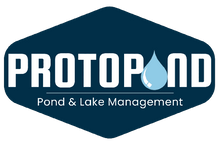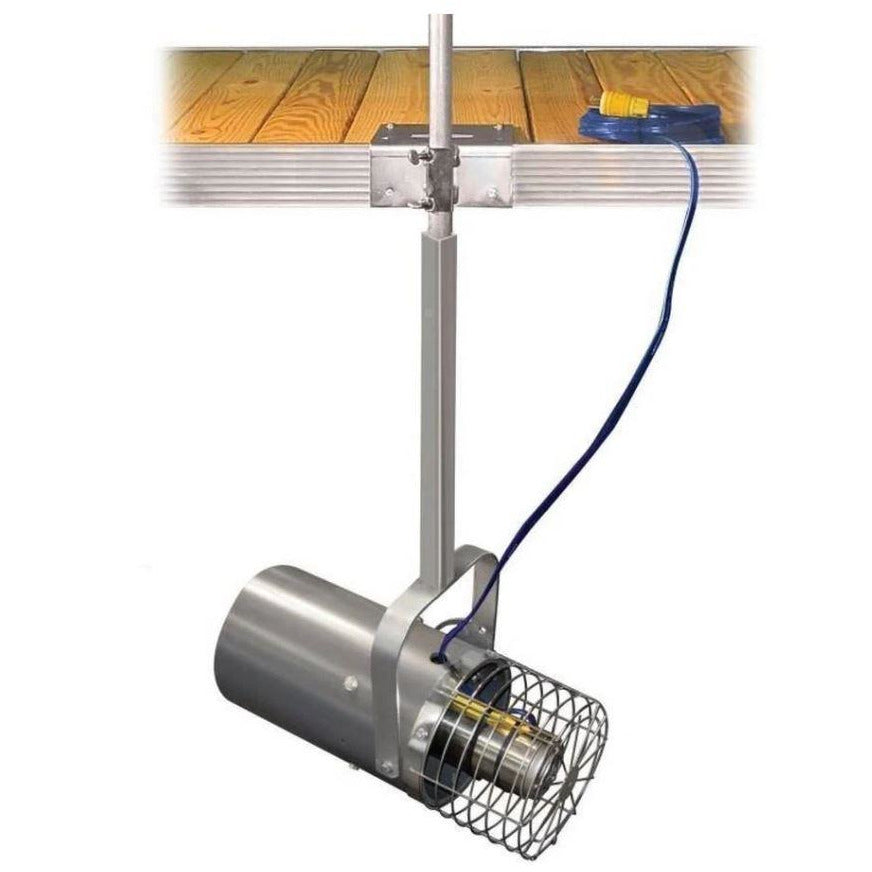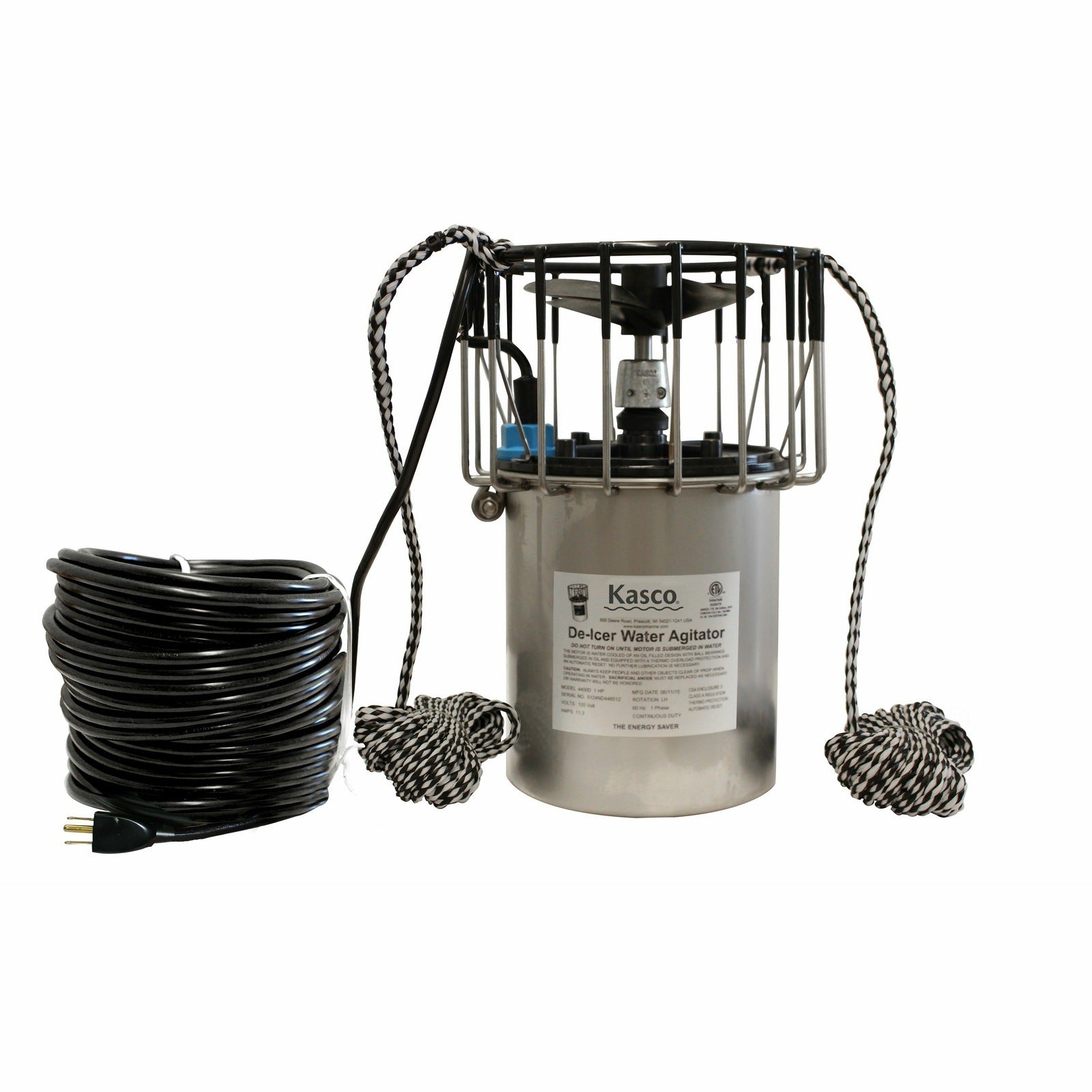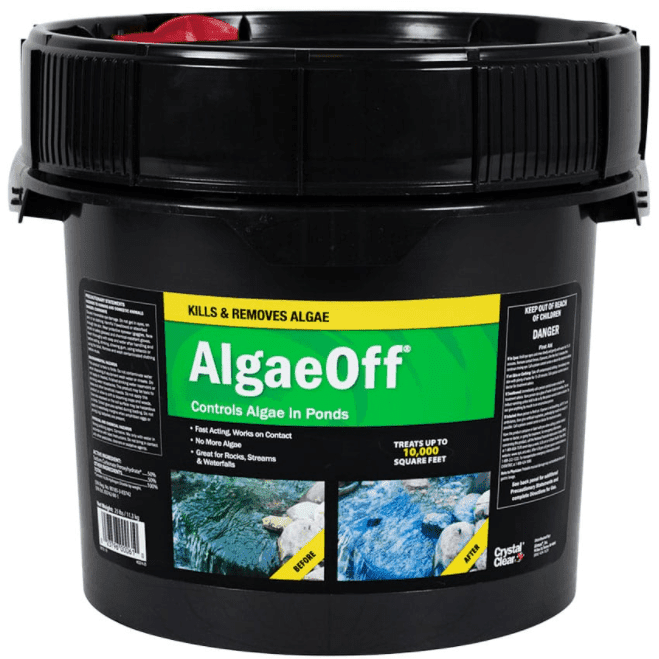Ponds and lakes are some of the most beautiful additions to any natural space, adding depth and excitement to your landscape. While they’re delightful to sit by, walk around or even to swim in, maintaining a healthy lake or pond can be quite the task.
One of the most popular ways to ensure these watery spaces stay healthy is by implementing beneficial bacteria into your maintenance routine.
Despite the negative connotations associated with bacteria, these handy little microbes can be the perfect antidote to a range of common problems faced by pond-owners all over the world. Beneficial bacteria for ponds and lakes can be purchased easily with fast delivery, ideal for contributing to a healthy ecosystem along with effective pond aeration.
Keep reading this blog post to find out everything you need to know about beneficial pond bacteria, how it can help, and why it’s important for keeping your water in good condition.
How Will Beneficial Bacteria For Ponds Help Me?
Pond Bacteria Helps to Keep Algae Under Control
One of the most common issues seen in ponds and lakes is one you’re bound to recognize. One day, the water is crystal clear, appealing enough to dive right into on a hot summer’s day. The next minute, the surface is undeniably covered by a thick layer of organic matter, gloopy in texture and bright green in color.
This familiar substance is called Algae, and having some of it in your water ecosystem is definitely beneficial. When plants or fish die and pond bacteria breaks them down, nitrates are released into the water. Algae serves the honorable purpose of absorbing these nitrates, maintaining a healthy chemical composition in your pond’s environment.
However, when overgrowth of algae is allowed to spiral, covering more than 20% of your pond or lake’s surface area, it can become extremely harmful to the overall ecosystem.
Firstly, it’s important to note down what causes organic matter to grow out of control:
- Too much sunlight
- A spike in temperature
- Too many fish or plants
- Too much nitrogen
- Too much phosphorus
- Lack of agitation / aeration
Why Is Too Much Algae Bad For My Pond?
Now we’ve established how organic matter can spiral, it’s crucial to understand why too much of it is bad for your water ecosystem.
When algae is left to grow (and grow some more), it forms a thick layer on the surface of the water, commonly referred to as an algal mat. If the conditions are right, algae can bloom and shade the entire ecosystem from the sun, preventing the growth and photosynthesis of other plant life. When this is allowed to happen, oxygen is reduced as a result, posing a real danger to the organisms that call your pond home. Both small and large fish will struggle to survive with a lower oxygen concentration, triggering a cycle of destruction that’s hard to reverse.
Why Beneficial Bacteria Is a Great Solution for Ponds and Lakes
The key reason why so many pond-owners and lake-lovers utilize beneficial bacteria is because it helps to keep algae firmly under control. Cultivating a water ecosystem is quite the science, but it doesn’t have to be a complicated process.
The process of beneficial bacteria and how it can help looks something like this:
- Algae thrives on sludge, uneaten fish food, fish waste and decaying organic matter.
- Beneficial bacteria breaks all of these components down.
Essentially, the beneficial bacteria starves the algae out in classic evolutionary style. No food for the algae means no growth, ultimately keeping your pond free of it.
Beneficial bacteria comes in a variety of styles and sizes, ideal for everyone looking to maintain absolute quality in their pond or lake.
Pond-Vive Bacteria is available to buy as a loose powder, as water soluble packs or as an easy-pour liquid, perfect for keeping algae under control and boosting a healthy water environment.
Three Reasons To Use Beneficial Bacteria in Your Pond
When used in combination with good aeration practices, beneficial bacteria is a great tool to have in your kit for optimum pond and lake health.
1. It’s Easy to Use
The best thing about beneficial pond bacteria is how simple it is to add to your ecosystem. Available in both liquid and powder form, it can be scooped or poured into your pond in minutes, ideal for keeping your water condition as healthy as possible.
2. It’s Chemical-Free
Beneficial bacteria for ponds is a completely natural solution to avoid damaging your pond life while encouraging better water quality. There are a range of options on the market and each is composed differently, usually made up of nutrients, enzymes and bacterial microbes designed to survive in varying temperatures.
3. It’s Safe For Fish and Humans
If you like swimming in your lake or you’re cultivating a selection of unique fish in your pond, there’s no need to worry about safety when it comes to beneficial bacteria. Thanks to it’s natural and chemical-free composition, it’s safe for both fish and humans to interact with.
Why Is Pond Aeration Important for Water Quality?
Whether it’s small pond aeration or large pond aeration you’re considering, it’s important to understand why it’s so important for healthy, clear and thriving water conditions.
Although it sounds complicated, the concept of aeration couldn’t be more simple. This popular buzzword describes the process of dissolving, mixing or circulating oxygen through a liquid, or in this case, your pond environment.
Aerating devices are very popular and can be used in conjunction with beneficial pond bacteria to encourage better water quality and increased oxygen flow.
Fountains for pond aeration are a great way to add extra circulation, also used in larger environments like lakes in public spaces. By constantly moving water through a fountain filter, these devices are extremely effective for oxygenating liquid at a faster rate and removing any excess algae or debris. Whether you opt for a pond aeration fountain or a pond aeration diffuser, you’re guaranteed to see a whole range of benefits in unison with beneficial bacteria use.
So, that’s everything you need to know about beneficial pond bacteria and why you should use it in your pond. It’s a safe, affordable and simple alternative to more invasive solutions, keeping algae under control and maintaining the best water conditions possible.
To shop our full range of beneficial bacteria, as well as hundreds of aeration solutions, explore our website today.













